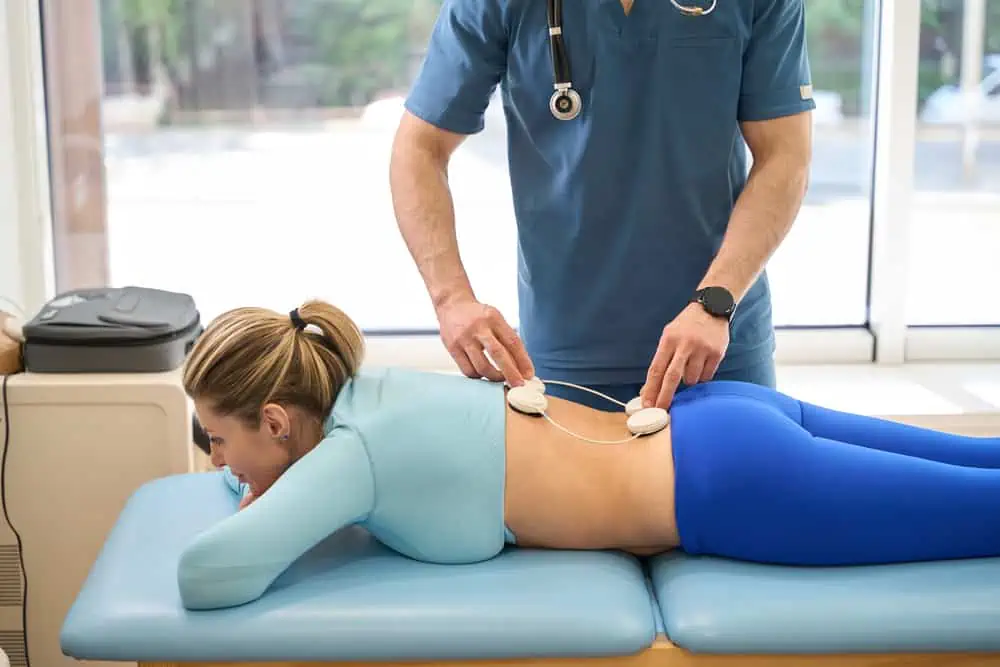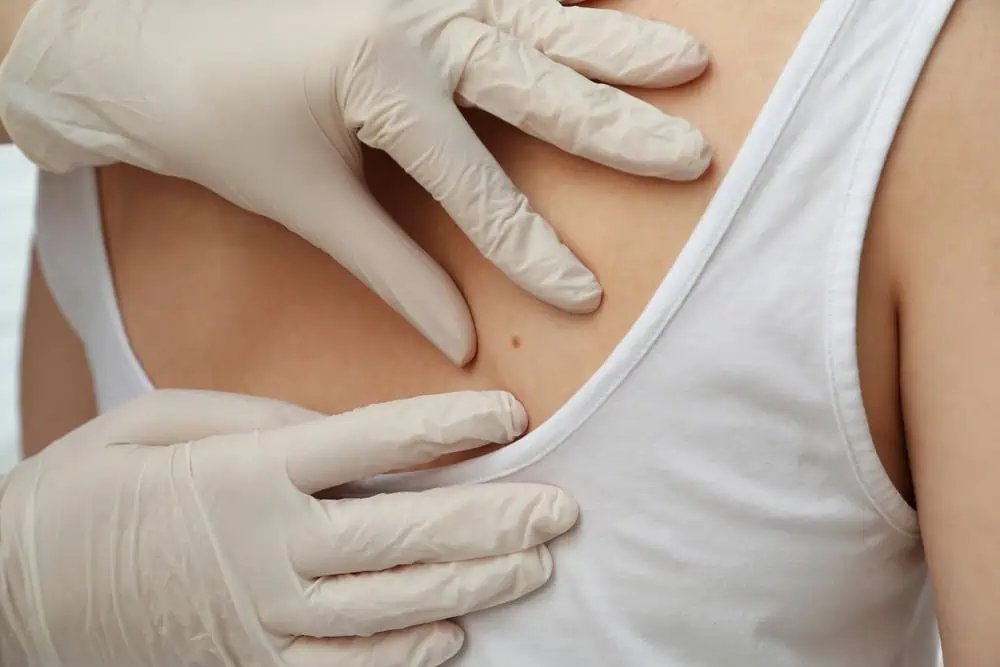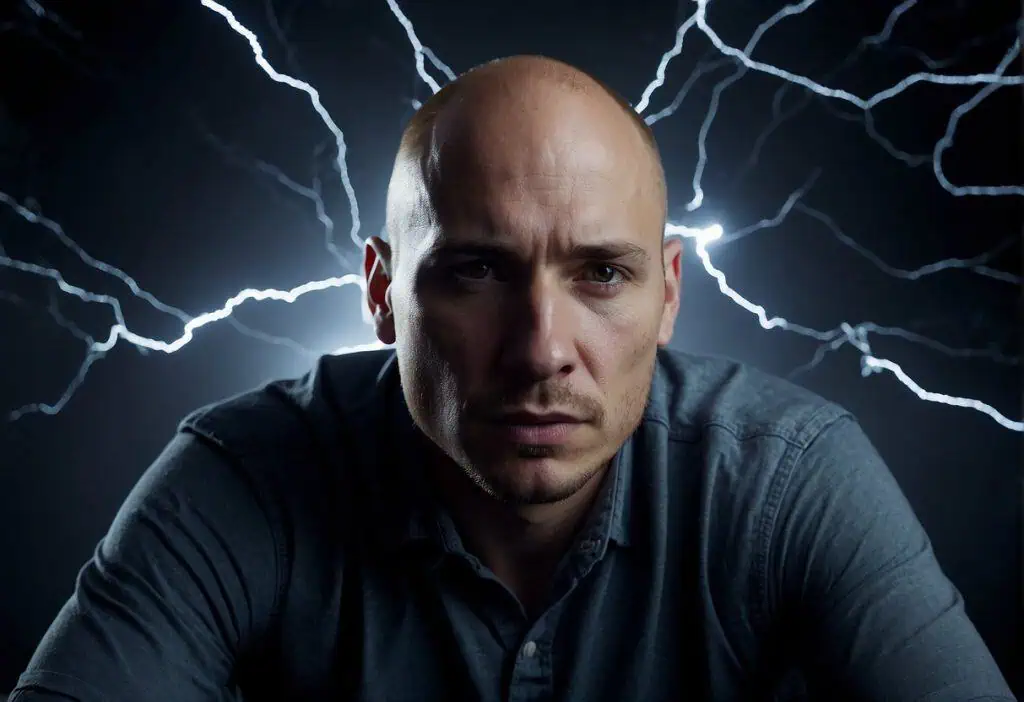Compression Fracture Symptoms
The symptoms associated with compression fractures are variable for each patient and depend on how and why the compression fracture occurred. Compression fracture symptoms can include sudden, severe back pain to virtually no pain evolving to chronic back ache sensations in the injured area. The compression fracture pain symptoms can be felt in the back, but it may also be felt on the sides and front as well. Compression fractures are most commonly found in the mid to lower spine area (thoracic and lumbar spine, respectively). Compression fracture symptoms are wide ranging and involve not only pain but also weakness, tingling, incontinence and many more symptoms. This is because the fractured bone(s) can create pressure on the spinal cord and nerves by protruding into the spinal canal. Due to this fact, it is important that anyone with compression fracture symptoms having weakness, incontinence, numbness and tingling seek compression fracture treatment from a doctor right away.
Compression fractures associated with trauma can cause “knifelike” pain that often takes weeks to months to disappear and is often disabling. Pain may subside as the compression fracture is healing, but individuals may continue to feel pain even after the fracture has healed. Compression fracture symptoms associated with this condition such as osteoporosis do not always cause pain right away. But over time, individuals may begin to show a loss of height, stooped over posture, and back pain that starts slowly but isn’t felt when resting. One or more of the following symptoms may indicate a compression fracture and may indicate compression fracture treatment is necessary:
- Sudden, severe back pain that may or may not be associated with trauma.
- Worsening pain when standing or walking or with activity.
- Pain may be relieved with rest or lying down.
- Pain associated or increased with bending or twisting motion.
- Height loss. More noticeable with multiple level compression fractures. With each level of vertebral collapse, the shorter stature becomes more noticeable.
- Deformity of the spine. Usually seen as a curve or “hunchback” shape in the back, termed kyphosis.
- Abdominal pain. This symptom can be caused by the shorter spine putting pressure on the stomach leading to stomach and digestive issues such as loss of appetite, constipation and weight loss.
- Breathing difficulty due to severe spinal compression causing the lung to not function properly.
Compression Fracture Causes:
The spine is made up of many strong bone segments, from the neck to the low back, called vertebrae. Compression fractures in the spine occur when there is a collapse of one or more of these vertebrae. These compression fractures in the spine can be caused by injury, such as a hard fall, but often occur in patients with arthritis or osteoporosis. In more rare instances, a compression fracture could be caused by a tumor in the spine. The cancer weakens bone supportive structures causing destruction of parts of the vertebra and eventual collapse.
Compression Fracture Risk Factors:
Almost two-thirds of spinal compression fractures are never diagnosed because many patients think their back pain is merely a sign of aging and arthritis. Women with osteoporosis and older individuals tend to have less bone density and are at an increased risk of compression fractures. Osteoporosis thins the bones making them become weak and unable to bear the normal weight and pressures of daily activities. The simple motion of bending forward may be enough to cause a compression fracture in these weakened vertebrae. Approximately 40 percent of all women will have at least one spinal compression fracture by the time they turn 80 years old, making compression fracture the most common type of fracture seen with osteoporosis. It is important that patients with sudden, severe back pain, especially women over the age of 50, seek medical treatment right away. Compression fracture treatment in these circumstances can reduce the chance of further compression fractures.
Testing:
When a patient seeks compression fracture treatment, a physical exam will reveal tenderness over the affected area. Further testing using imaging studies such as a spinal x-ray can show a compressed or shortened vertebra. A compression fracture can be diagnosed by comparing the vertebrae with other vertebrae to see if it appears “compressed” or shorter. If there is concern that the compression fracture was caused by a tumor or severe trauma, a CT or MRI scan may be necessary, as well. In certain circumstances if there are symptoms that the spinal cord may be injured, a myelogram may also be performed in addition to a thorough neurological exam, to determine possible spinal cord damage.
Compression Fracture Treatment Options:
Compression fracture pain relief and treatment options include pain medicine, bracing and activity modification. Back braces and physical therapy treatment options may be suggested for supporting and strengthening the back. In cases of osteoporosis, medications and calcium supplements can help prevent further fractures by strengthening bone. Vertebral fractures typically take about three months to fully heal. There are a number of compression fracture treatment options that provide pain relief from compression fractures, which include:
- Kyphoplasty
- Vertebroplasty
- Radiofrequency Ablation










